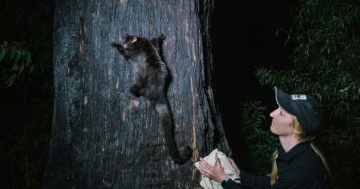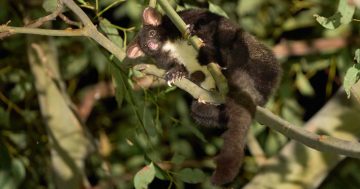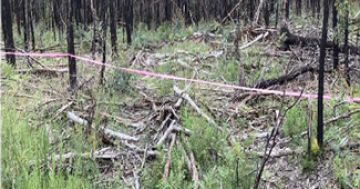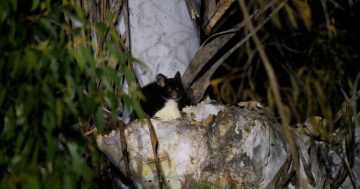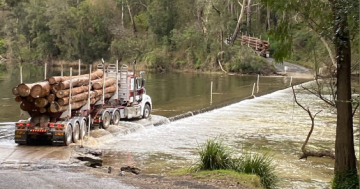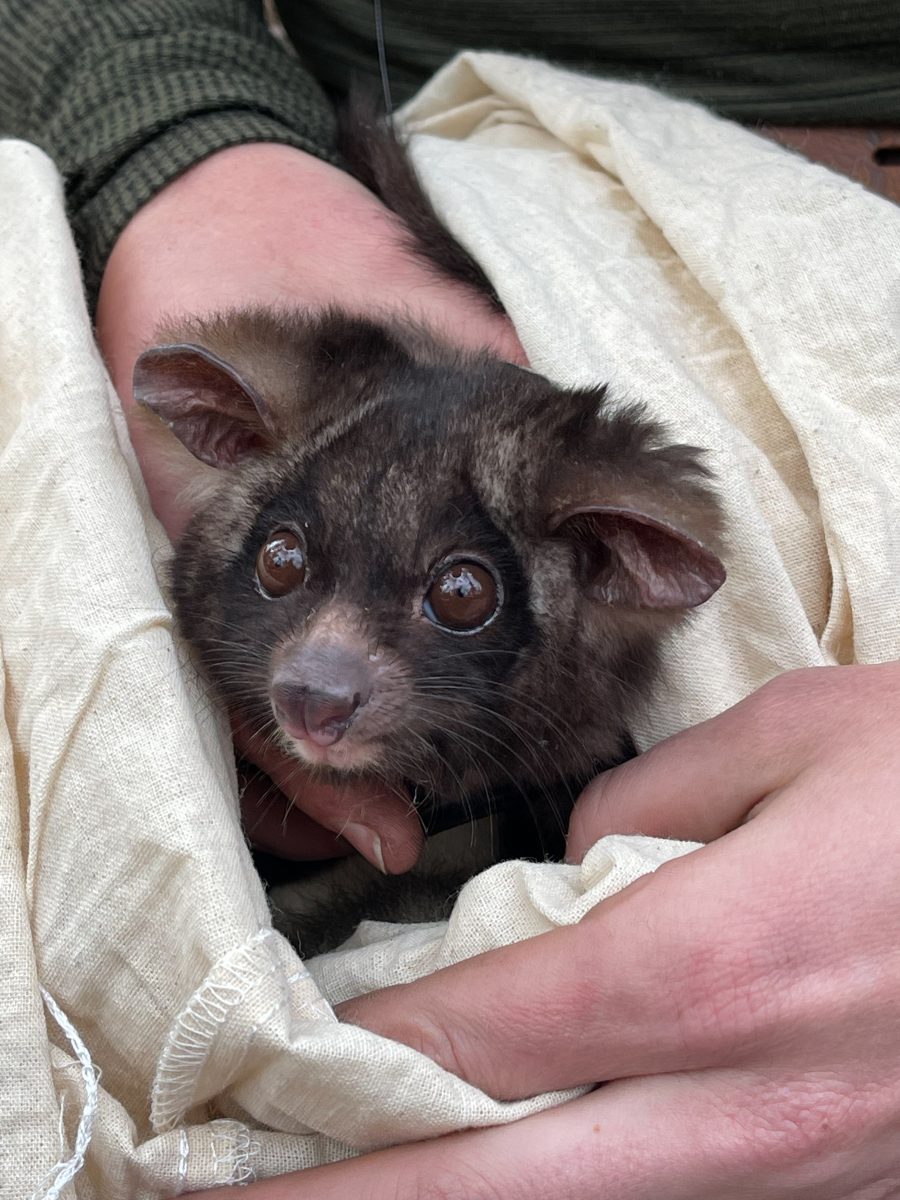
The EPA has found 89 Southern Greater Gliders and 20 den trees in areas marked for logging since the original Stop Work Order in parts of the Tallaganda State Forest. Photo: WWF Australia.
A Stop Work Order on logging in parts of Tallaganda State Forest has been extended yet again due to alleged “deficiencies” from previous orders to search for and protect den trees of the endangered Southern Greater Glider.
The NSW Environment Protection Authority (EPA) originally ordered Forestry Corporation of NSW (FCNSW) to halt operations in August, after officers inspected several active logging areas of the forest and found a dead glider near harvest operations.
The order was previously extended until 13 November, however, that deadline has been shifted yet again for another 40 days until 20 December.
EPA executive director operations Jason Gordon said since August, officers had found 89 endangered Southern Greater Gliders and 20 den trees in areas subject to the order which were also earmarked for harvesting by FCNSW.
“Den trees are critical for food, shelter and movement of gliders and FCNSW is required to protect them and implement 50-metre exclusion zones around them,” Mr Gordon said.
“Our glider surveys confirm that more can be done to protect and conserve this species by identifying and protecting glider den trees and these Stop Work Orders are necessary to ensure that work is done.”
Mr Gordon said the EPA was also investigating other alleged breaches detected in Tallaganda State Forest.
The inspections had originally been started following community complaints.
The investigations include a range of alleged non-compliances with the Coastal Integrated Forestry Operations Approval (CIFOA), such as alleged damage to the habitat of threatened species and/or ecological communities, alleged damage to environmentally sensitive areas and alleged failure to retain trees in accordance with the CIFOA.
“The EPA has a strong compliance and enforcement program for native forestry, and we will continue with our investigations and take appropriate regulatory action where required,” Mr Gordon said.
“The EPA expects FCNSW to meet the requirements in the CIFOA to protect Southern Greater Gliders.”
Separately, the EPA has also begun discussions with FCNSW to strengthen the survey requirements in the CIFOA to ensure the future protection of Southern Greater Glider habitat.
Failure to comply with a Stop Work Order can attract a maximum court-imposed penalty of up to $1.65 million and a further $165,000 for each day the offence continues.






